Rally Driving in Perth
Perth is one of the most unique places in the world for Rally Driving. Most people probably imagine white sandy beaches and blue waters of the Indian Ocean when they think about this side of the country. It is not how rally drivers think about Western Australia though. We think of the surface or rather one very special aspect of it.
Most of the city is built on a sandy basin on the western side of foothills. Named the Darling Scarp, the foothills are an ancient fault that was pushed up by tectonic movement long ago. The scarp runs roughly 1000km from Shark Bay in the north of WA to Albany in the south. Over millions of years the scarp has eroded and now a unique gravel covers most of its surface.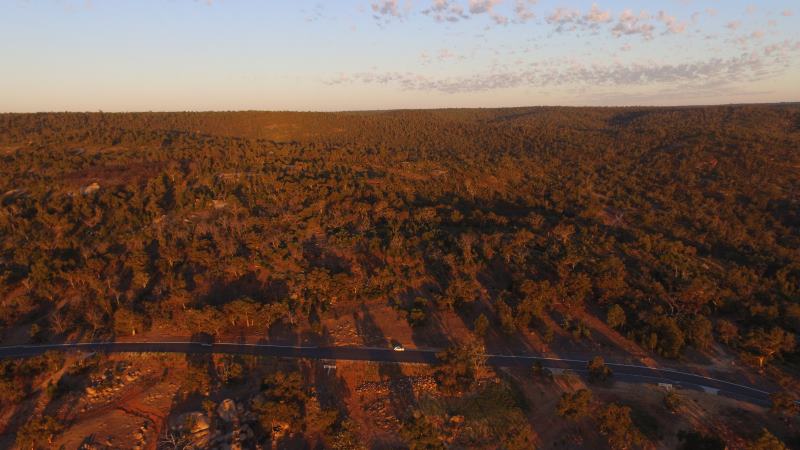
Pea gravel nothing like it anywhere else in the world
Unlike anything else in the world, the local gravel is actually like tiny marbles. The stones are round and smooth containing a lot of iron. Holding a magnet close to the ground quickly demonstrates just how much there is. The iron content is also what gives the gravel its red or orange tint. Further south the stones also contain Bauxite, the raw material of Aluminium.
Known amongst rally drivers as ball bearing gravel, the nickname is very accurate. You soon find out when you try to drive on it anywhere around the scarp. The stones all roll over one another making it very slippery. The grip is often inconsistent and makes it hard to judge braking and cornering for the inexperienced. Getting a car moving can be a challenge in itself with plenty of wheel spin hampering traction.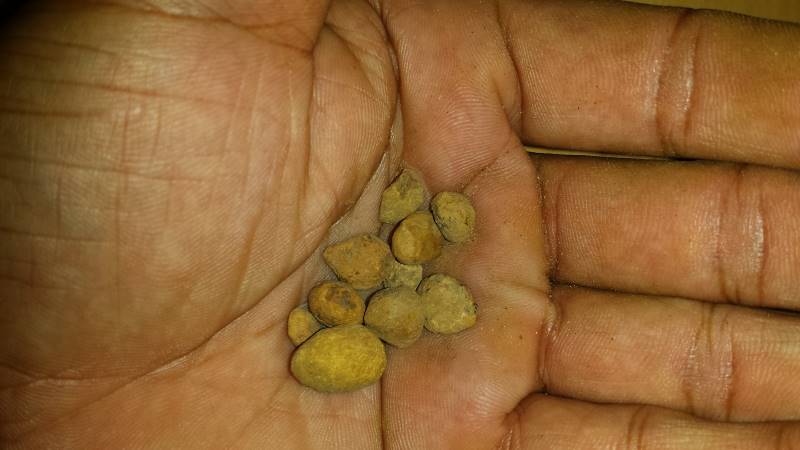
Even the best rally drivers in the world found the Perth gravel challenging. Heading here once a year for Rally Australia was something international teams relished. I was once talking to a European driver who described the surface as “dusty ice”. Rally Australia was certainly an event like no other in the WRC back then.
It’s not just the gravel!
There’s another dimension that adds to the competition here. Trees line most gravel roads and they’re close! In many cases there’s less than half a metre from the edge of the road to the nearest tree. Over the years many have discovered this fact for themselves. Get it right and the ball bearings help you get round the corner. Get it wrong and your momentum will pitch the nose (or the tail) into the scenery.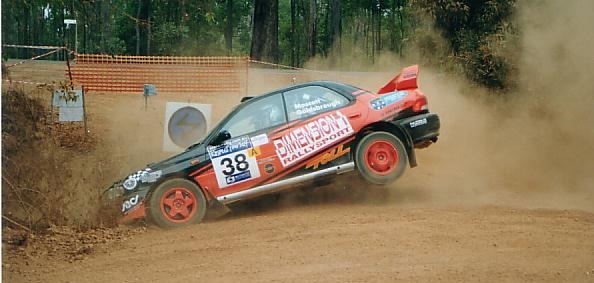
The weather also has a part to play. When very dry the gravel is loose and dusty. When soaked the surface is soft and muddy. Get the moisture content just right and it all binds together and is compact and fast. After a heavy downpour it takes just hours for the top layer to dry out. Rain a few days in advance of a rally and then dry for the event seems to be the best combo.
Tyres – the black art
For the world rally teams, tyre manufacturers used to produce special tyres to handle the Perth gravel. The drivers had many choices. It depended on the nature of the stage as to what tread pattern and compound was used. Tread that channelled the smaller loose stones away and gripped the bigger stones aided with traction. Effectively the larger stones would be pinched in the tread and used like studs on an ice tyre.
Even though the gravel is round it is very abrasive and heat from friction quickly wears tyres. If the temperature was warm the drivers usually selected a harder compound that resisted wear. On the cooler stages softer rubber was chosen to give more traction. With mud (or a lot of water) treads were opened up to allow the tyres to cut through and grip the gravel underneath.
For those of us not part of a World Rally Team, tyre choice is greatly reduced. Generally local rally drivers will use a medium compound tyre for most conditions. The tyres grip well once the first few cars have swept away the loose gravel. If events are warm tyres may wear a little quicker, if events are wet they may slip a bit more. We are also allowed to cut tyre tread to give better drive in mud.
The Skills
More than anything skill and experience are the keys to being fast on the gravel. It doesn’t take long to master once you learn the basics. Rallies are won and lost in the corners. The trick is to read the roads and find the best lines for traction. These are skills we teach in everything from our introductory Rally Driving Experiences to our Advanced Course.
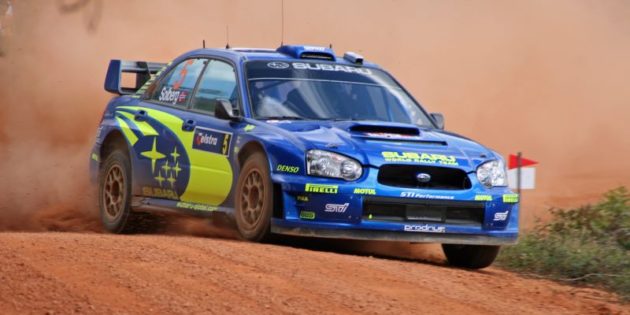
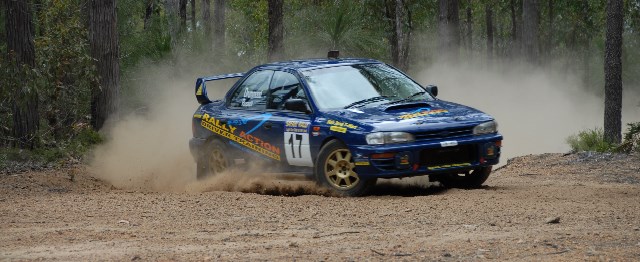




Leave A Response